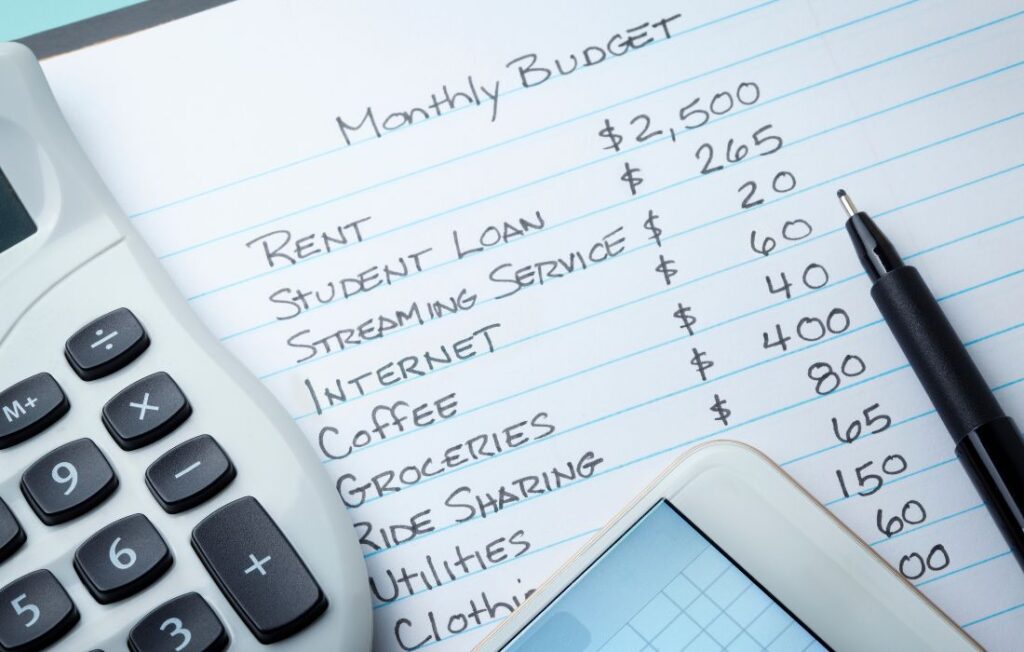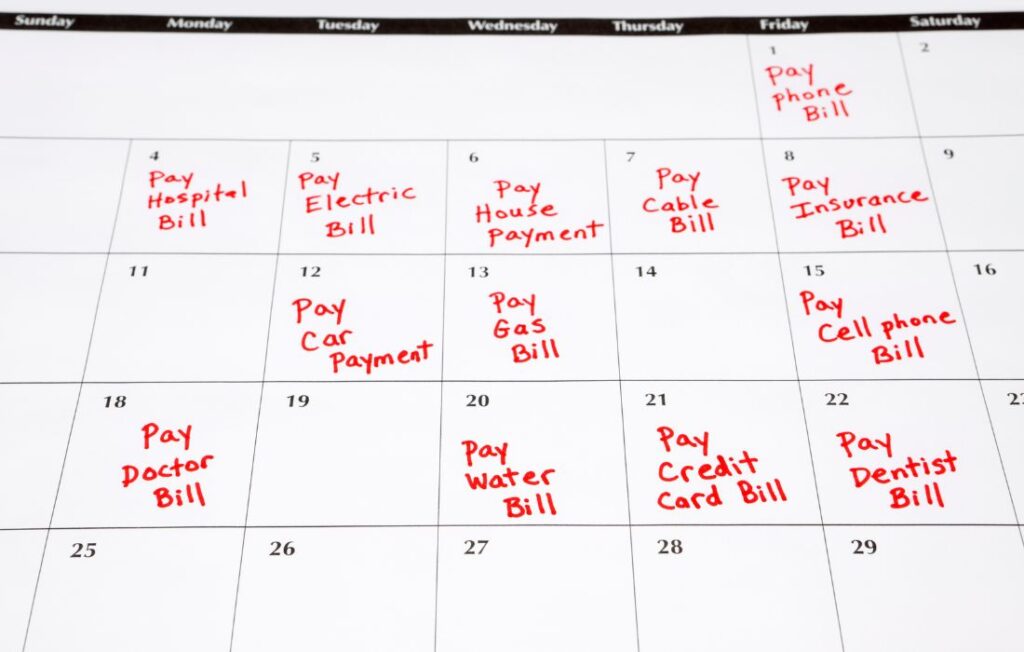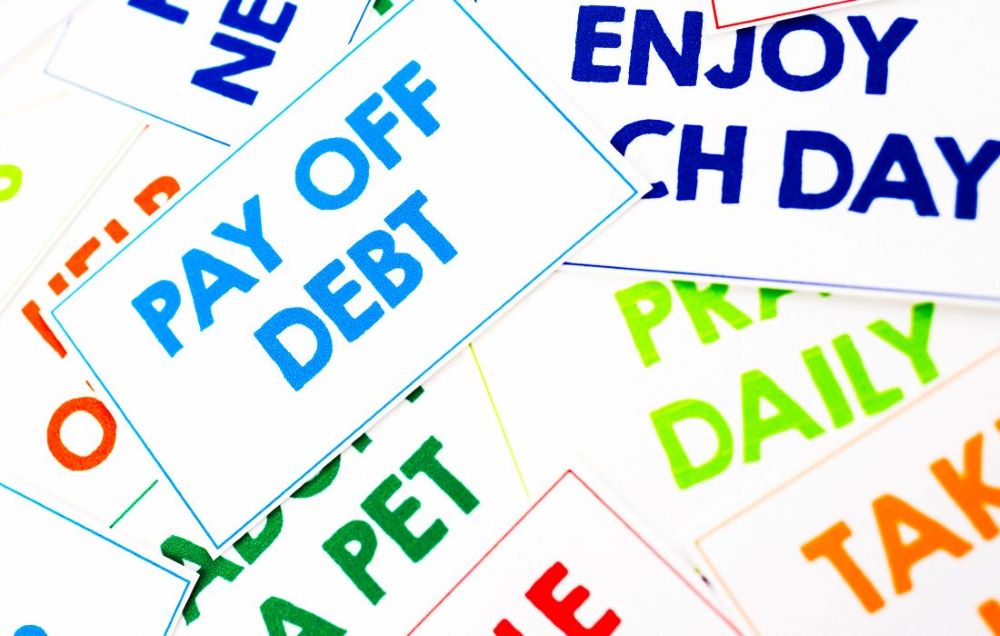Building a Financial Calendar for Money Management
Welcome back to Part 2 of our journey into mastering financial organization with a timeless financial calendar. In Part 1, we examined what a financial calendar for money management is and its crucial components. Now, let’s roll up our sleeves and walk through the practical steps of creating your own financial calendar, a tool that will not only organize but also empower your financial decision-making.
📋 What We’ll Cover:
- Creating a personalized system to track your money moves
- Smart strategies to never miss a bill or payment
- Simple ways to stay focused on your financial goals
- Practical tools that make money management easier

Disclosure: This blog may contain affiliate links, which means we may earn a commission if you click a link and make a purchase (at no additional cost). We only recommend products and services we use and trust. We aim to provide valuable, trustworthy resources that enhance and simplify your life. You can read our full privacy policy here.
Goal-Oriented Financial Planning:
- Visualizing and Achieving Financial Goals: Having your savings goals and debt milestones visible on your calendar keeps them in focus, aligning your daily spending with these objectives. Regularly seeing and tracking these goals motivates you to stay on course and provides a sense of achievement as you reach each milestone.
Long-Term Financial Perspective:
- Big Picture Planning and Adaptability: The calendar offers a year-long view of your finances, aiding in planning for significant expenses and life changes. Whether it’s adjusting for retirement, a new job, or shifts in family dynamics, your financial calendar adapts, ensuring your financial plan remains relevant and forward-looking.
Enhanced Financial Awareness:
- Regular Reviews for Informed Decision Making: Monthly check-ins with your financial calendar enhance your awareness and control over your finances. This comprehensive view supports well-informed decisions about making a significant purchase or adjusting your savings strategy.
Increase your household’s self-sufficiency while reducing expenses and building financial resilience – Financial Self-Sufficiency: 10 Smart Ways to Save Money at Home

Creating Your Financial Calendar: A Step-by-Step Guide
Crafting a financial calendar for money management should be tailored to your needs and can transform how you manage your finances. Here’s a step-by-step guide to setting up your financial calendar for maximum effectiveness.
Step 1: Gather Your Financial Information
- Compile Key Dates: Collect all relevant financial dates, including bill due dates, paydays, tax deadlines, insurance renewals, and other recurring financial events.
- Financial Goals: Jot down your short-term and long-term financial goals, such as saving for a vacation, paying off debt, or building an emergency fund.

Step 2: Choose Your Calendar Tool
- Digital vs. Physical: Decide whether a digital calendar (like Google Calendar or a financial management app) or physical planner works best for you. Digital calendars offer reminders and can be easily updated, while physical planners offer the tangible benefit of writing by hand, which many find helpful for memory and reflection.
- Integration Capabilities: If you use a digital tool, look for one that integrates with your other financial tools or apps, such as Empower or Tiller, for seamless management.
Step 3: Marking Key Financial Dates
- Input Recurring Payments: Enter all regular payments, such as mortgages, utilities, and subscriptions. Include income dates, such as paydays or pension disbursements.
- Annual and Semi-Annual Events: Add less frequent events such as tax deadlines, insurance renewals, and membership fees.
Step 4: Incorporating Financial Goals
- Set Milestones: Break down your financial goals into achievable milestones and add these to your calendar. For example, if you aim to save a certain amount by year-end, schedule regular check-in points to track your progress.
- Visual Reminders: Use color coding or special symbols to make these goals stand out on your calendar.

Step 5: Regular Review and Update
- Monthly Check-Ins: Dedicate time each month to review your calendar. This helps you stay on track with your goals and adjust for changes.
- Adjust as Needed: Life is unpredictable. Be prepared to update your financial calendar as your financial situation evolves throughout the year.
Step 6: Integrating with Your Budget
- Link with Monthly Budget: Ensure your monthly budget aligns with your calendar’s financial events and goals. This integration provides a comprehensive view of your finances.
- Consistency is Key: Regularly updating your budget and financial calendar ensures consistency and helps you stay on top of your finances.
If setting up a year-long financial calendar seems daunting, remember it’s all about taking that first step. Begin with a shorter timeframe, such as a month or a quarter, and gradually expand as you gain confidence. This approach helps you ease into the process without feeling overwhelmed.
Your financial calendar is a living document that evolves with your life. By taking the time to set it up and maintain it, you’re not just organizing your finances; you’re taking a proactive step toward financial empowerment and peace of mind.
Join our community today!
👉🏻 Get our newsletter filled with practical tips on personal finance, organizing, and productivity. Plus, reviews of our favorite podcasts and books. Subscribe Now for your gateway to a more organized and financially savvy lifestyle.




